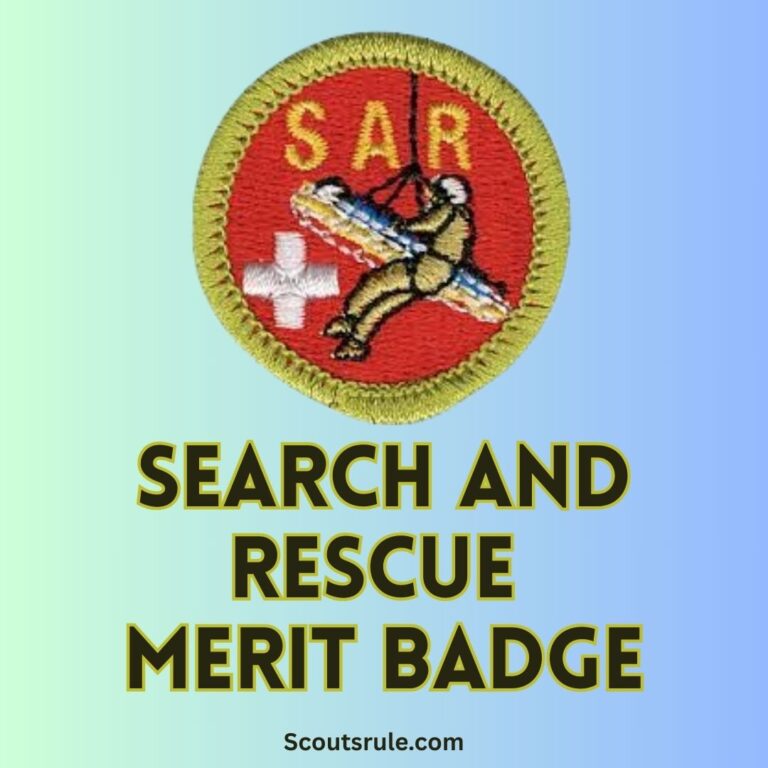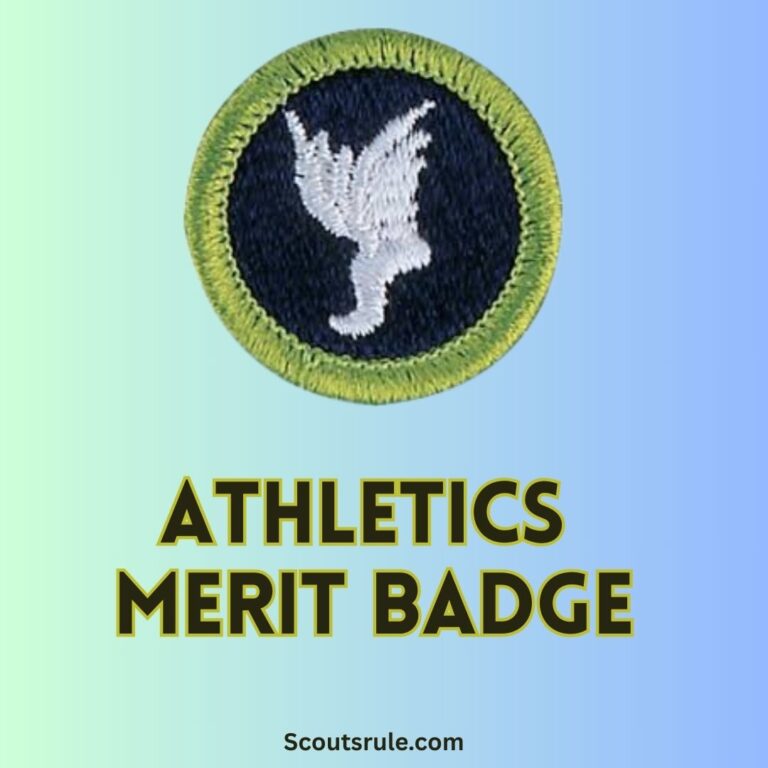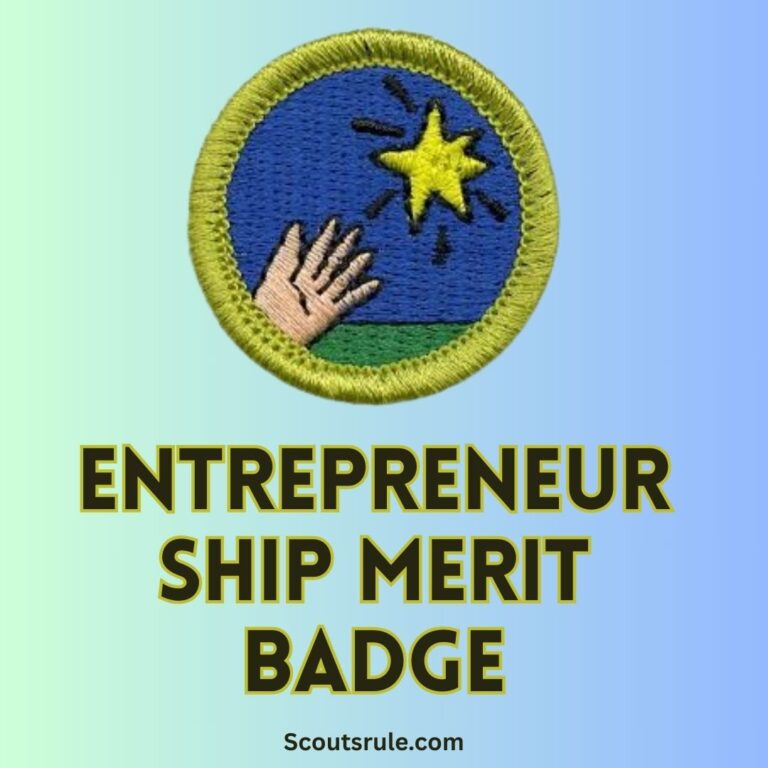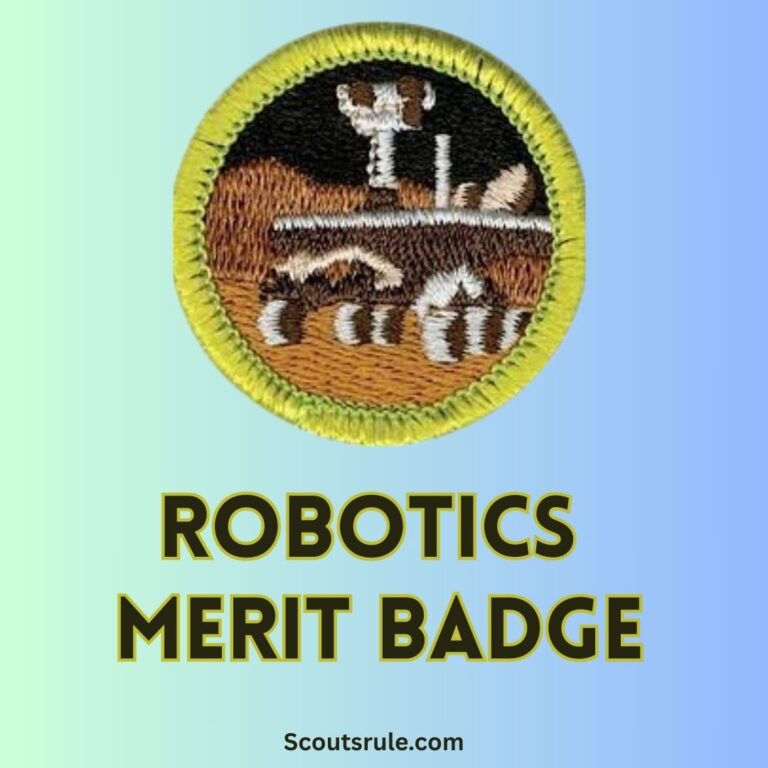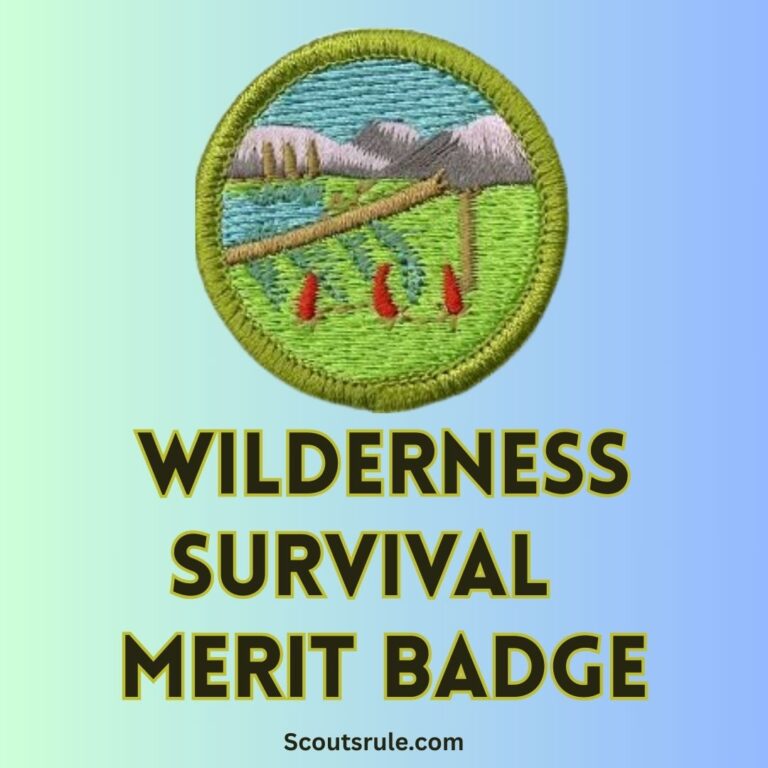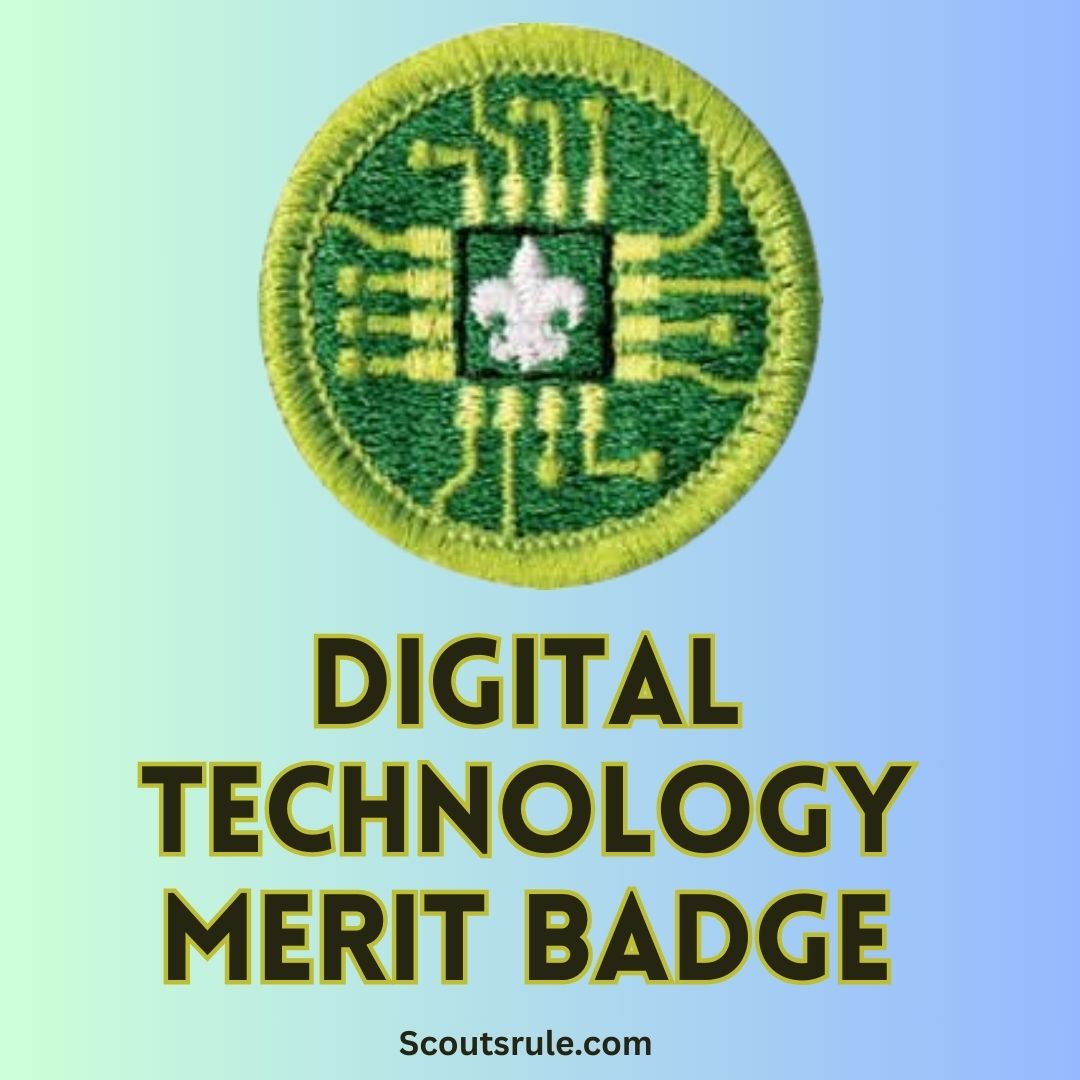
This guide is designed to help you explore the rich, diverse tapestry of American life by examining its many cultural traditions, values, celebrations, and historical influences. By working through these requirements, you will not only learn about the different cultural groups that have shaped the United States but also develop skills in research, communication, and respectful cross-cultural engagement. Whether your interest lies in heritage, cuisine, art, language, or religious and social customs, this guide will walk you through each requirement step by step, offer practical project ideas, and provide strategies for documenting your progress.
Post Contents
- Introduction: Celebrating the Diversity of America
- 2. Purpose and Objectives of the American Cultures Merit Badge
- 3. Understanding American Culture: Key Concepts
- 4. Overview of the Badge Requirements
- 5. Strategies for In-Depth Research and Documentation
- 6. Practical Tips and Additional Ideas
- Conclusion: Embracing Diversity and Building Unity
Introduction: Celebrating the Diversity of America
The United States is often described as a melting pot—a dynamic collage of people with various cultural, racial, and ethnic backgrounds. Every aspect of American life—from the food we eat and the festivals we celebrate to the languages we speak and the places we live—bears traces of the many cultures that have merged over centuries. The American Cultures Merit Badge is your opportunity to explore this multifaceted heritage. It allows you to investigate how these diverse influences interact to create a society filled with vibrant traditions and complex histories.
This merit badge is not merely about collecting facts; it is about developing an understanding and appreciation for the broad spectrum of traditions and beliefs that contribute to American life. As you meet each requirement, you become more adept at recognizing both the differences and the overlaps between cultural groups, learning the importance of respectful engagement and open-minded discussion. Through hands-on activities, personal research, and active participation in cultural events, you will build a well-rounded perspective that enriches your own experience and prepares you to contribute as an informed, empathetic citizen.
2. Purpose and Objectives of the American Cultures Merit Badge
The badge is designed with several interrelated goals that help shape your understanding of American life:
- Educational Growth: Investigate the historical, social, economic, and artistic influences of various cultural groups. Learn how immigration, geography, and historical events have molded the traditions and practices that are unique to different communities within the United States.
- Enhancing Cultural Awareness: Develop an appreciation for both your own cultural heritage and that of others. Understand the importance of various languages, religious beliefs, culinary traditions, and social customs in defining cultural identity.
- Fostering Tolerance and Respect: By immersing yourself in the study of different cultures, you learn to celebrate differences and recognize common values. This nurtures empathy and prepares you to engage with diverse communities respectfully and thoughtfully.
- Practical and Critical Application: Learn to research effectively, document your findings in journals and portfolios, and present your ideas in discussions or presentations. These skills are essential for academic success and civic engagement.
- Civic Engagement and Future Leadership: Understanding cultural diversity is critical to becoming a responsible citizen. Whether in public service, education, or business, the ability to appreciate and navigate cultural diversity is a key leadership skill.
As you work toward earning this merit badge, you will not only build knowledge but also develop the ability to analyze open-ended questions about identity, heritage, and social policies. These insights will help you become a more engaged and informed leader in your community.
3. Understanding American Culture: Key Concepts
Before diving into the badge requirements, it is important to define what we mean by “culture” and to understand key related terms. Your research should include:
3.1 Defining Culture, Race, and Ethnicity
- Culture: Culture encompasses the customs, beliefs, art, history, and institutions of a particular group of people. It is a shared way of life that evolves over time through traditions, language, and social practices.
- Race vs. Ethnicity: Race is often seen in terms of physical characteristics, while ethnicity refers to common cultural traits, traditions, and ancestry. Both help form a group’s identity, yet each term highlights different aspects of what it means to belong to a cultural community.
3.2 The Role of Immigration and Regional Influences
- Immigration: Many cultural groups in America originated as immigrant communities. Research the major waves of immigration (e.g., from Europe, Asia, Africa, and Latin America) and how these experiences shaped societal norms, language, and arts.
- Regional Influences: The regional distribution of diverse cultures (for example, the Northeastern urban centers versus the rural South or the multicultural West Coast) adds another dynamic layer to American cultural life. Each region has its distinct character, influenced by climate, geography, and historical settlement patterns.
Recognizing and clearly understanding these concepts forms the foundation for deeper investigations into the diverse cultural landscapes of the United States.
4. Overview of the Badge Requirements
The American Cultures Merit Badge typically requires participation in several key activities. While you should consult the latest official instructions for specifics, the following are common components:
4.1 Choosing Three Cultural Groups
Select three cultural groups that have significantly contributed to America. It is recommended that one of these groups be your own. For each group, you will research and document:
- Their historical origins and migration into the United States.
- Unique customs, languages, religious practices, and traditions.
- Contributions to American culture and society, including arts, cuisine, technology, and social movements.
Your list might include Native Americans, Hispanic, African American, Asian, European, or any other groups that interest you. Prepare a detailed outline for each group to guide further research.
4.2 Experiencing Cultural Events or Institutions
You must engage with cultural institutions or events related to the groups you have selected. Options include:
- Visiting Festivals or Cultural Fairs: Attend events that showcase traditional music, dance, food, or crafts. Observe the activities, interview participants if possible, and take detailed notes.
- Touring Cultural Centers or Museums: Visit organizations or museums dedicated to a particular culture. Learn about important figures, historical artifacts, and cultural traditions.
- Conducting Interviews: Talk with individuals who are active in or who represent the cultural community. Ask about their traditions, challenges, and the role their heritage plays in their identity.
Record your experiences in a journal, including dates, locations, descriptions of events, and any personal reflections.
4.3 Imagining Hypothetical Cultural Scenarios
For one requirement, you are asked to consider and compare two hypothetical scenarios:
- A society where one cultural group lived in complete isolation.
- A society in which the three selected cultural groups coexisted peacefully and dynamically interacted.
Write a narrative describing each scenario. Reflect on the advantages and disadvantages of isolation versus multicultural interaction, considering how language, art, food, and social norms might develop differently in each scenario. This exercise fosters creative thinking and helps you appreciate the benefits of cultural diversity and unity.
4.4 Discussing Religious and Social Customs
In another requirement, explain some of the differences and similarities in religious beliefs and social customs among your three selected groups. You might:
- Identify one major festival or ritual for each cultural group.
- Compare how different groups celebrate important life events—such as weddings, births, or national holidays.
- Discuss how these customs affect community life and social cohesion.
This analysis provides insight into the ways religion and tradition can both divide and unite communities and helps you understand the intricate balance of cultural expression in a diverse society.
4.5 Highlighting Contributions to Society
Research and document contributions made to U.S. society by individuals from each of your selected cultural backgrounds. Consider areas such as:
- Innovation and Technology: How immigrants and cultural minorities have contributed to American scientific and technological advances.
- Arts and Literature: The influence of music, art, dance, literature, and theater from various cultural traditions.
- Social Movements: Key figures and movements that have fostered social change, civil rights, or community development.
Prepare short biographies or summaries of at least one notable contributor for each group. Discuss how their achievements have enriched the nation as a whole and shaped your country’s evolution.
4.6 Leading Discussions or Presentations
A final practical project might ask you to prepare a presentation or lead a discussion to share your insights on cultural diversity. This could involve:
- Creating a slide presentation on “The Role of Diversity in Modern America.”
- Organizing and moderating a group discussion where participants share personal experiences about cultural heritage.
- Preparing a written speech that encapsulates how cultural diversity leads to societal strength and unity.
Your presentation should be engaging and well-organized, demonstrating both your factual knowledge and communication skills.
5. Strategies for In-Depth Research and Documentation
Success in the American Cultures Merit Badge relies heavily on thorough research and detailed documentation. Consider the following strategies:
- Use Diverse Sources: Gather information from books, scholarly articles, reputable websites (such as those maintained by cultural institutions or government cultural agencies), and interviews with knowledgeable community members.
- Maintain a Detailed Journal: Write down your research notes, reflections after visits, and summaries of interviews. Consistency is key to showing sustained effort over time.
- Use Visual Aids: Include photographs from cultural events, maps showing migration routes, charts comparing cultural customs, and even sketches where appropriate.
- Organize Your Portfolio: Structure your binder or digital folder by requirement. Use a table of contents, clearly labeled sections, and date each entry. This not only makes it easier for your merit badge counselor to review your work but also helps you monitor your own progress.
- Cite Your Sources: When incorporating facts, figures, or quotations, include proper citations for books, articles, and websites. This practice adds credibility to your research.
By employing these techniques, you ensure that your research is both comprehensive and easily presented for evaluation.
6. Practical Tips and Additional Ideas
To maximize your learning and enjoyment as you work through the American Cultures Merit Badge, consider these additional tips:
- Engage in Active Participation: Attend cultural festivals, parades, or museum exhibits. The more directly you experience a culture, the richer your understanding will be.
- Interview Diverse Voices: If possible, talk with family members, friends, or local community leaders who can share personal stories and insights into their cultural heritage. Their firsthand accounts offer unique perspectives that enrich your work.
- Host a Cultural Exchange: Organize a small event with your troop or community group where participants share food, music, and stories from their cultural backgrounds. Record the event and reflect on the discussions.
- Stay Open-Minded: Approach your research with respect and curiosity. Understand that every culture has complexities and that there are no absolute answers. Reflect on how cultural diversity has shaped your own experiences.
- Connect with Local Organizations: Reach out to cultural centers, immigrant support organizations, or even local university departments where you can find experts willing to give a short talk or a guided tour.
- Prepare a Presentation: Practice your presentation skills, whether through PowerPoint slides, poster boards, or written speeches. Rehearse with family or peers and seek constructive feedback to improve your delivery.
- Relate History to Modern Issues: Consider how historical cultural practices have influenced modern social norms. Compare how certain traditions have evolved over time and what they mean in the contemporary context.
- Reflect on Your Own Culture: Do not shy away from exploring your own cultural heritage. Analyze what traditions, foods, and customs have been passed down in your family, and consider how they intersect with broader American society.
Incorporating these tips into your project not only boosts your research quality but also ensures that you develop a well-rounded perspective on American cultural diversity.
Conclusion: Embracing Diversity and Building Unity
The American Cultures Merit Badge is a journey into the heart of the American experience. It challenges you to explore the myriad influences that have shaped our society—from the contributions of immigrant communities to the traditions of indigenous peoples—and to reflect on how these diverse elements create a stronger, more vibrant nation.
By engaging in deep research, participating in cultural events, interviewing community members, and leading discussions, you develop the tools to appreciate differences, celebrate common values, and promote understanding in a multicultural society. The skills and knowledge you gain go beyond academic learning; they prepare you for a world that values diversity and fosters unity through shared cultural experiences.
As you compile your research, document your experiences, and reflect on what you learn, you build a portfolio that not only meets the badge requirements but also serves as a testament to your commitment to lifelong learning and civic engagement. In this process, you become more than a Scout—you become an informed citizen, ready to contribute to a society that cherishes its varied heritage and works together towards a brighter, inclusive future.

Hi, Robin here, A former lead Scout and here I share my inspiring stories about USA Scouts, leadership, adventure, how to guides and more.


